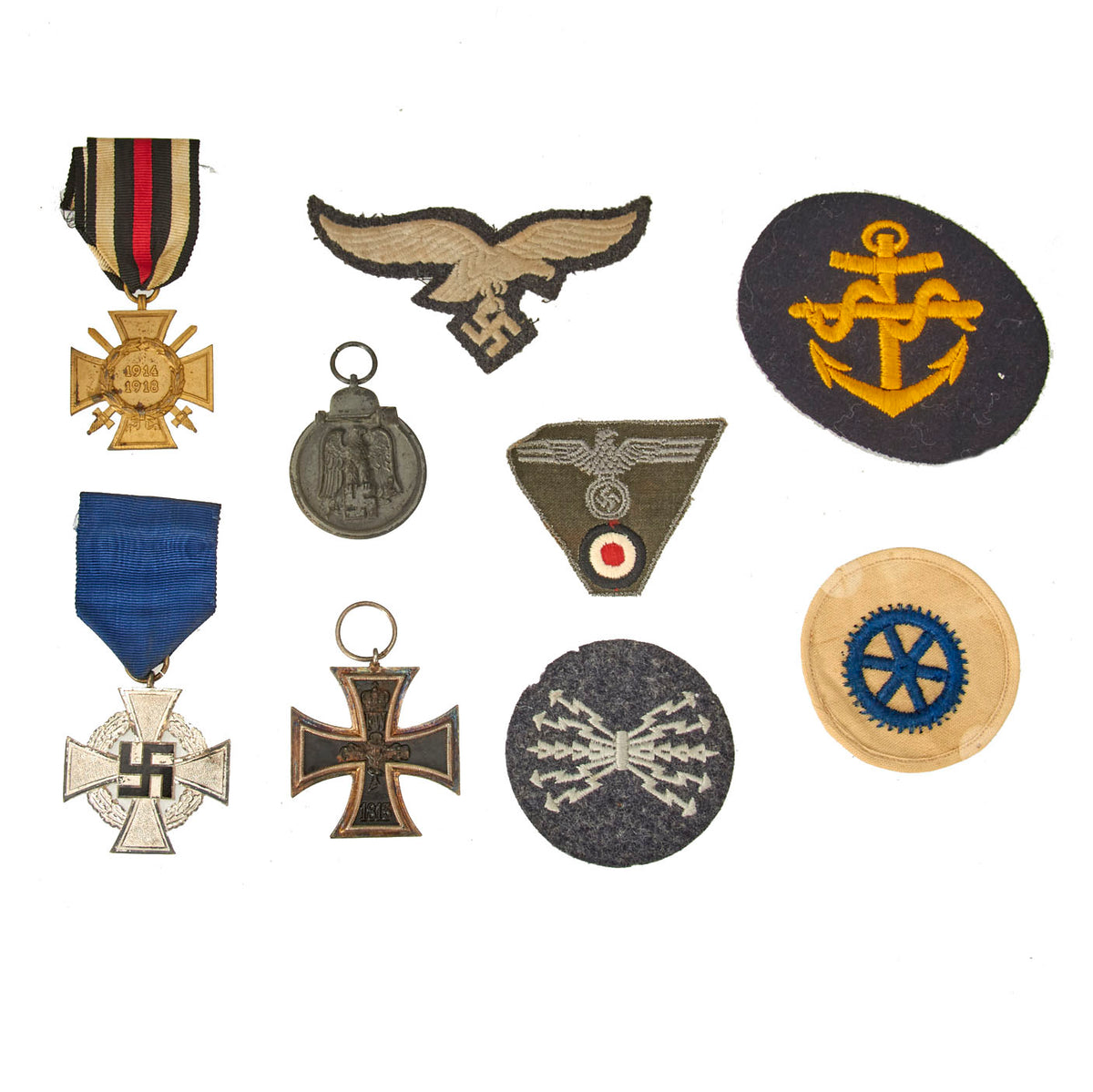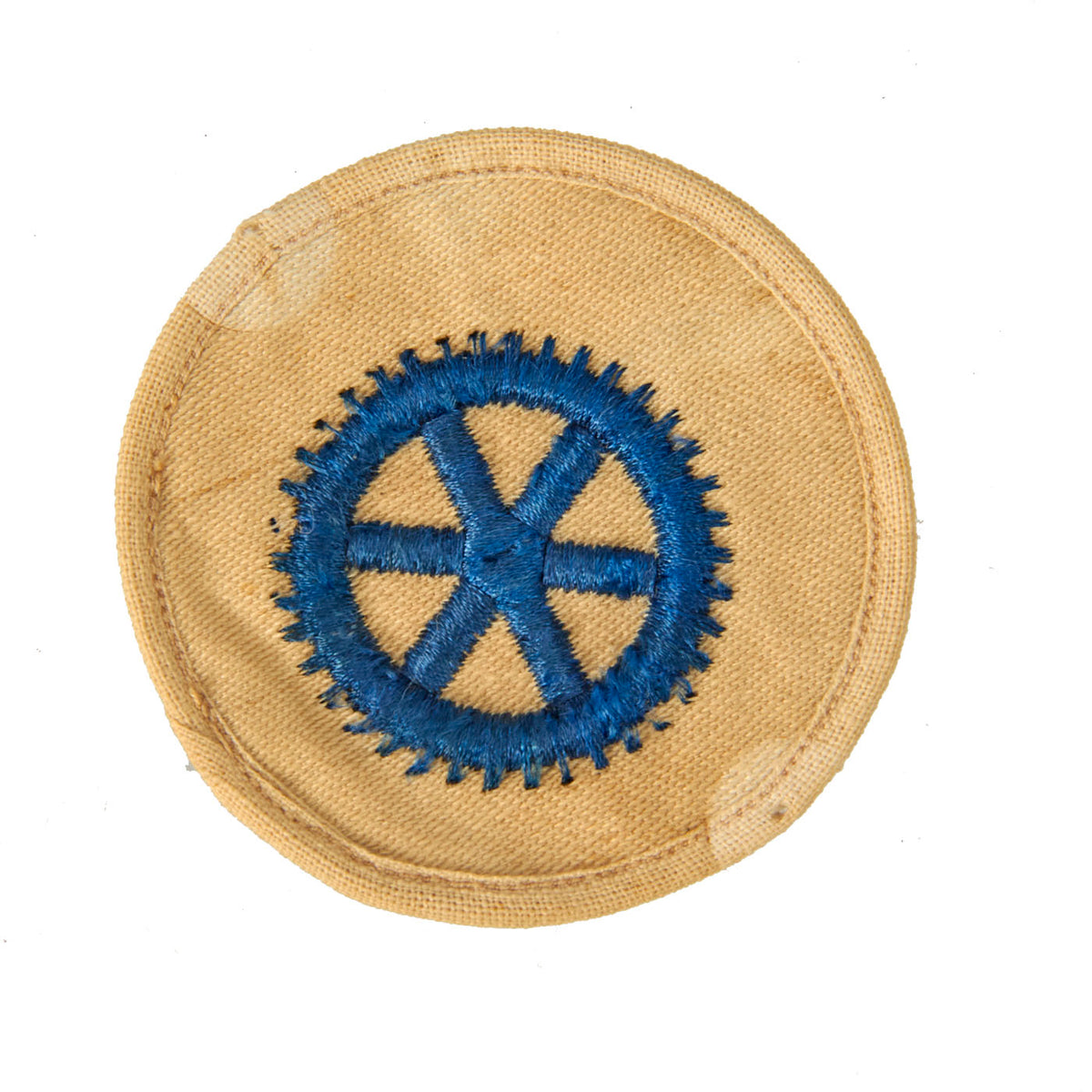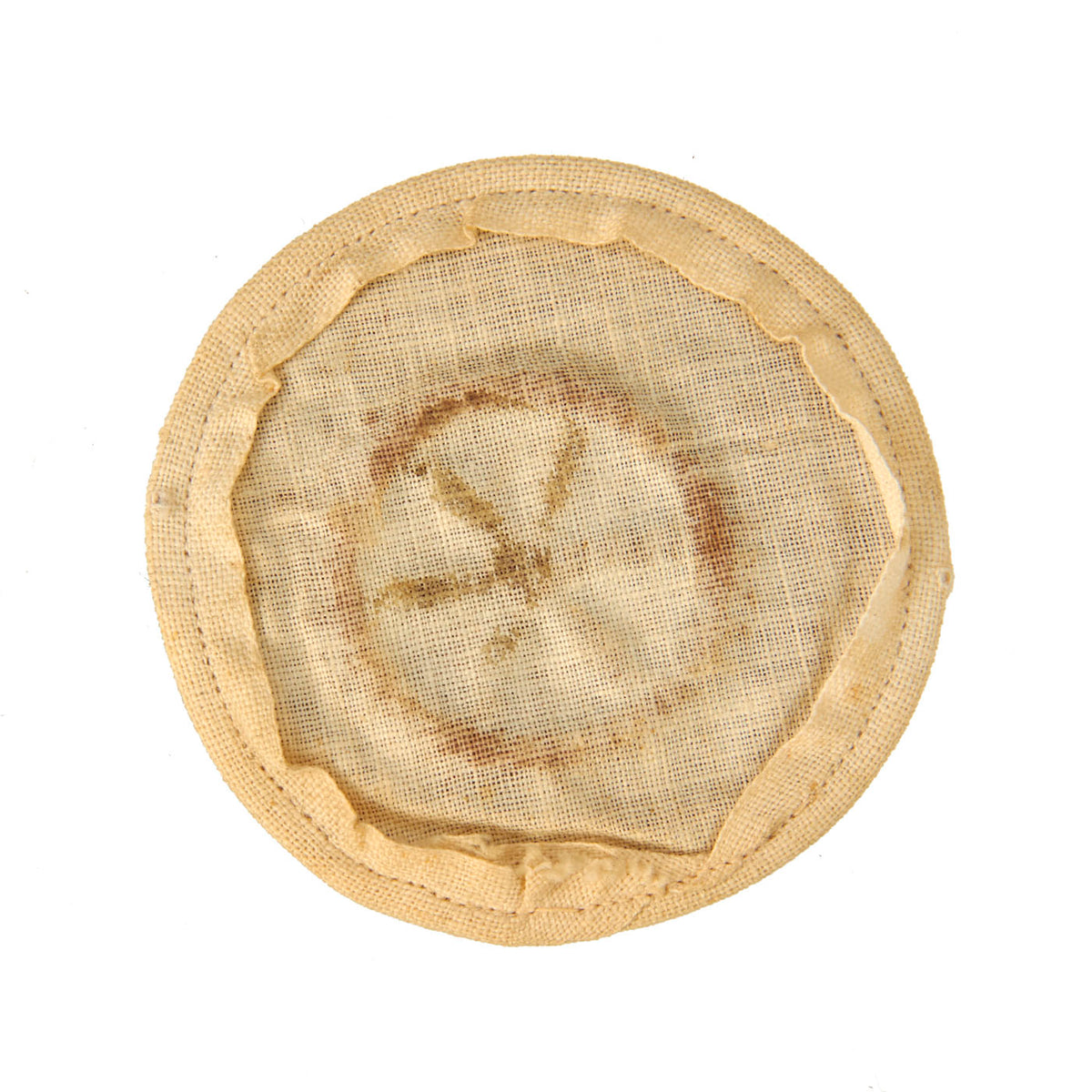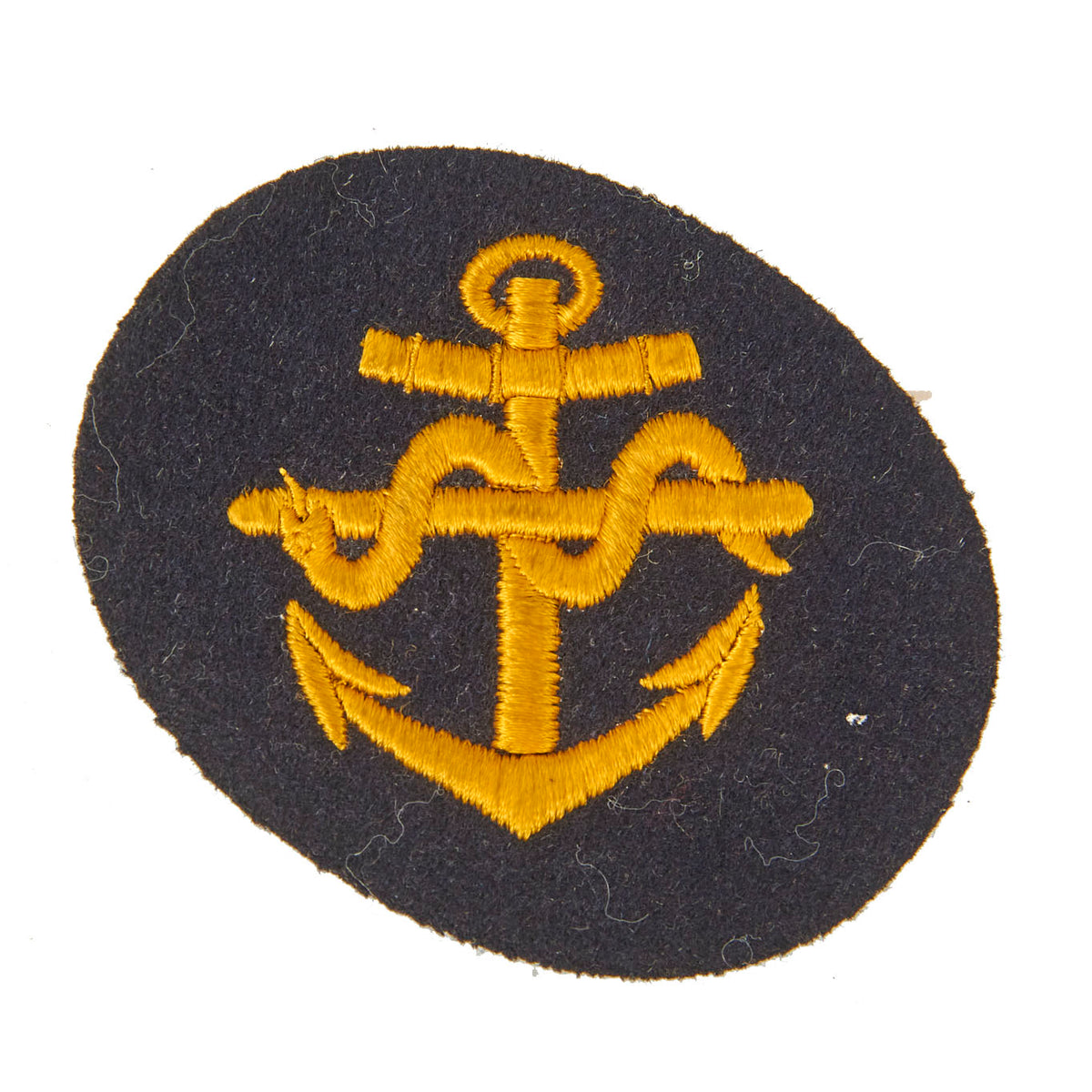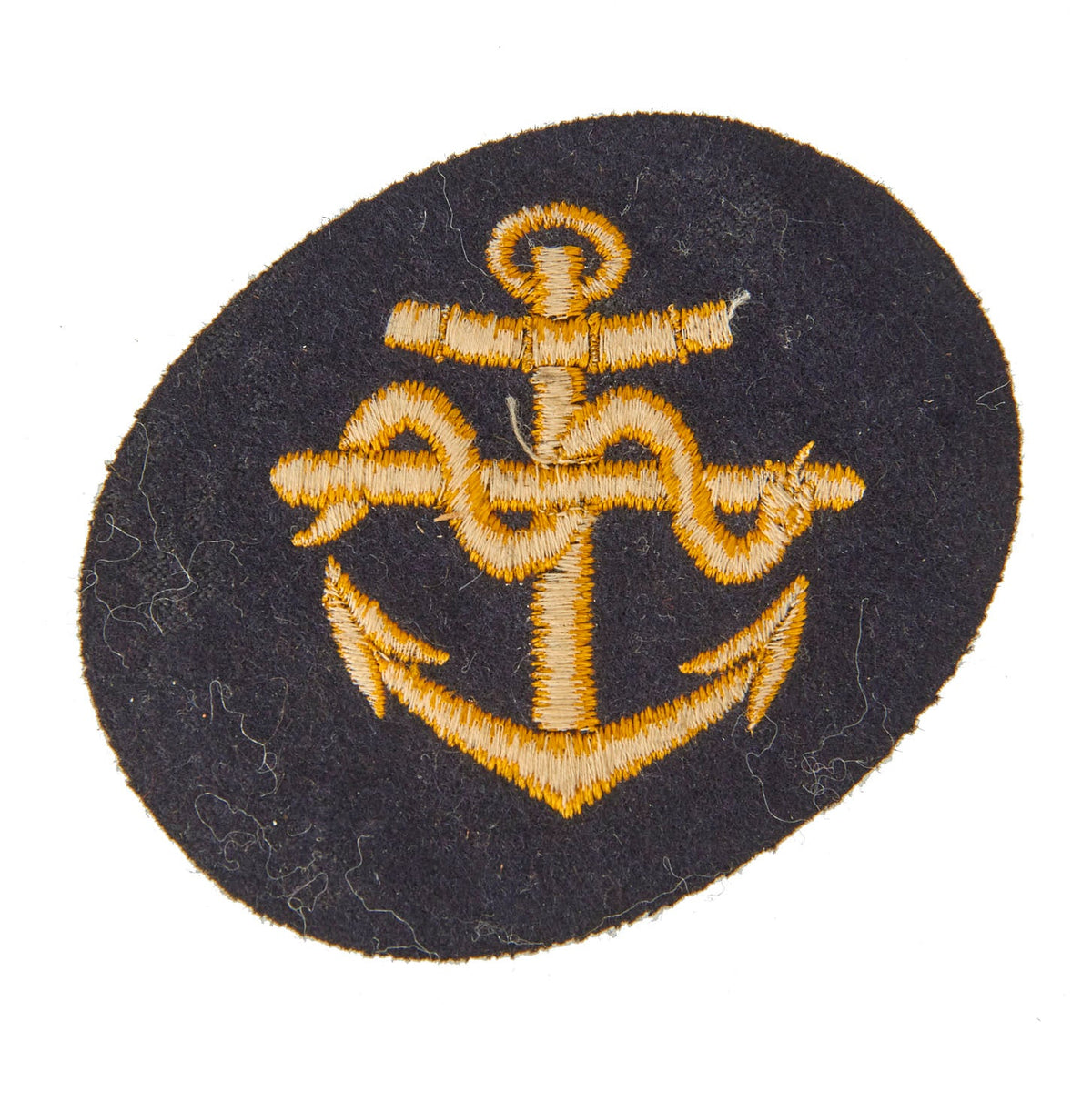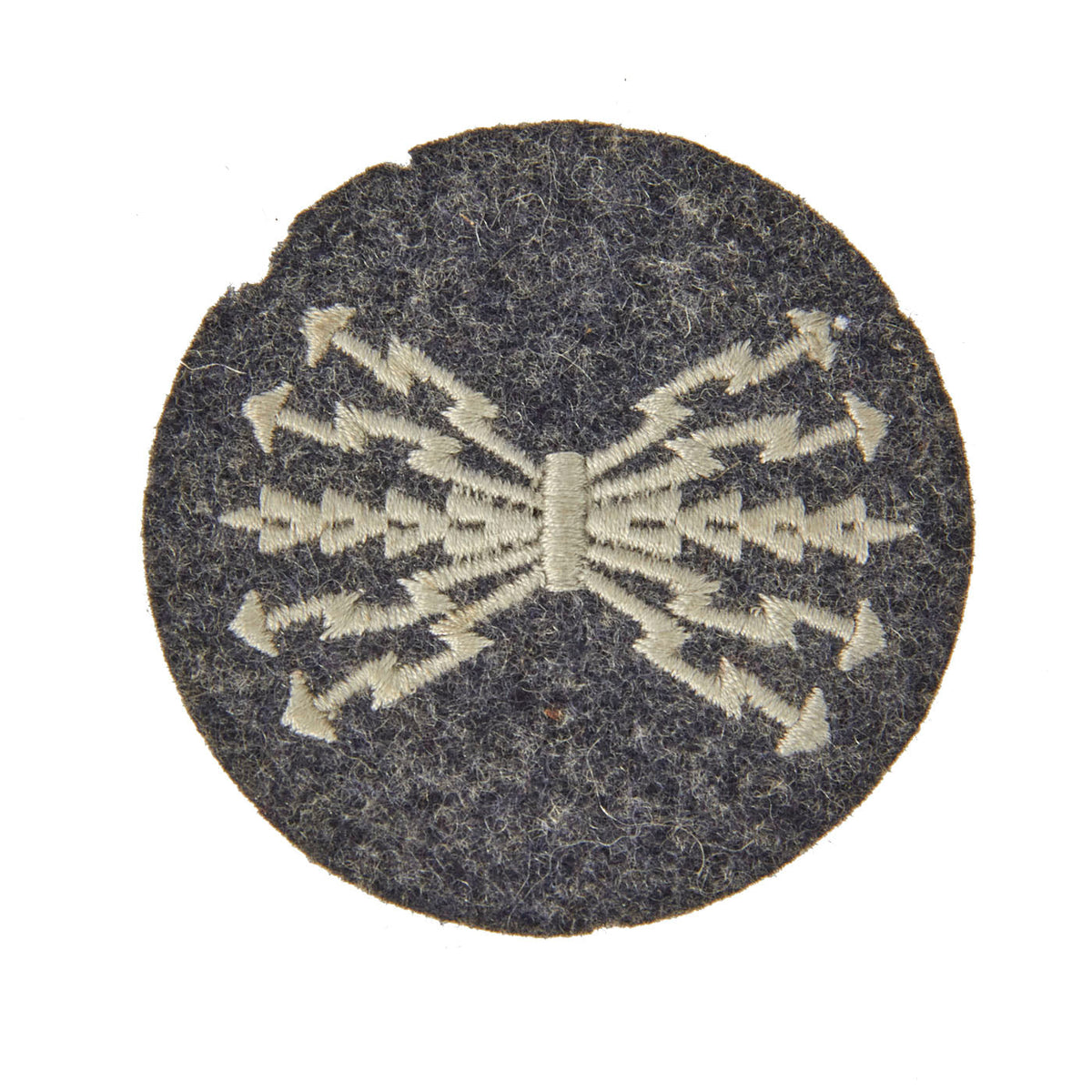Original German WWI & WWII German Medal, Ribbon and Buckle Lot – 9 Items Original Items
$ 295,00 $ 118,00
Original Items: Only One Lot of 9 Available. This is a wonderful opportunity, especially for the new collectors out there wanting to add a beautiful assortment of items to their collection. Whether you are wanting to get into collecting or just add to already existing collections, you do not want to miss out on this lot.
The Items Featured In This Lot:
– 1914 Iron Cross 2nd Class: Without ribbon
– Faithful Service Decoration 2nd Class Cross for 25 Years of Service
– Eastern Front Medal: Comes with ribbon unattached (2) items
– WWI Honor Cross of the World War 1914/1918 (Hindenburg Cross) Medal: Attached to a short ribbon and marked L. NBG on the reverse.
– Heer M43 “Trapezoid” Cap Insignia: The cap patch is thin but still retained lovely and without damage.
– Luftwaffe Breast Eagle: Slight wear and fading
– Kriegsmarine Navy Medical Rating Patch: Patch appears without damage or fading
– Luftwaffe Air Signals “B” Class Radio Operators Rating Patch: Lovely and without damage.
– Kriegsmarine EM Machinist’s Rating Patch: Minor staining to the white disc.
All items are lovely and come ready to display!
German uniforms of World War II
In the German army there were two kinds of uniform: standard uniforms, which were issued by the Wehrmacht, or from the wearer personally at their own or state-cost tailor-made uniforms.
During the peace period and even during the first year of the war, tailor-made uniforms were often used by officers, but as these were found to be impractical, uncomfortable, and expensive to replace in combat, more and more standard uniforms were used.
The field-gray standard uniform was standardized in the army and consisted of the basic components: steel helmet, side cap, field blouse, covering coat, trousers and march boots.
Mountain troops were given the same uniform, but the side cap was replaced by a mountain cap, as well as the pants and boots by long, baggy trousers with elastic leggings at ankles and mountain boots.
Mounted members of the army were represented not only in the cavalry, but mainly in the mass of the units, which still depended on horses for transport or reconnaissance. These men were given leather riding pants and heavy riding boots.
A special black uniform for the crews of closed combat vehicles was also introduced in 1935. This uniform consisted of a black, padded beret, which also served as a protective helmet, a two-breasted jacket and long baggy trousers.
This uniform, which was worn at first just with the vehicle, was at the same time practical and popular. The black color, which was supplemented by a silver skull insignia on the beret, had a dramatic appearance and added a little to the esprit of the young arm. Thus, from the beginning of 1940, this uniform was issued to the crews of the self-propelled guns in a field-gray version.
In general, the German clothing industry had achieved miracles to keep up with the expansion of the army, and German uniforms were a rare combination of tradition and modernity, comfort and convenience.
Nevertheless, there were not enough uniforms to completely equip the strong-growing German army. This led to the Germans using the captured uniforms of the Austrian, Czechoslovak, and Polish armies. These were sorted, stored, released from the respective national insignia and temporarily issued to German conscripts in order to bridge the deficiency.
Fast Shipping with Professional Packaging
Thanks to our longstanding association with UPS FedEx DHL, and other major international carriers, we are able to provide a range of shipping options. Our warehouse staff is expertly trained and will wrap your products according to our exact and precise specifications. Prior to shipping, your goods will be thoroughly examined and securely secured. We ship to thousands clients each day across multiple countries. This shows how we're dedicated to be the largest retailer on the internet. Warehouses and distribution centres can be located throughout Europe as well as the USA.
Note: Orders with more than one item will be assigned a processing date depending on the item.
Before shipping before shipping, we'll conduct a thorough inspection of the items you have ordered. Today, the majority of orders will be delivered within 48 hours. The delivery time will be between 3-7 days.
Returns
The stock is dynamic and we cannot completely manage it because multiple stakeholders are involved, including our factory and warehouse. So the actual stock may alter at any time. It's possible that you may not receive your order once the order has been made.
Our policy is valid for a period of 30 days. If you don't receive the product within 30 days, we are not able to issue a refund or an exchange.
You can only return an item if it is unused and in the same state as the day you received it. You must have the item in its original packaging.
Related products
Uncategorized
Uncategorized
Uncategorized
Uncategorized
Uncategorized
Uncategorized
Uncategorized
Armoured Fighting Vehicles of the World: AFVs of World War One (Hardcover Book) New Made Items
Uncategorized
Uncategorized
Australian WWII Owen MK1 Machine Carbine SMG Custom Fabricated Replica with Sling Original Items
Uncategorized
Uncategorized
Uncategorized
Angolan Rebel 1970s era 60mm Inert Display Mortar from Angolan Civil War Original Items
Uncategorized
Uncategorized
Uncategorized
Uncategorized
Uncategorized
Uncategorized
